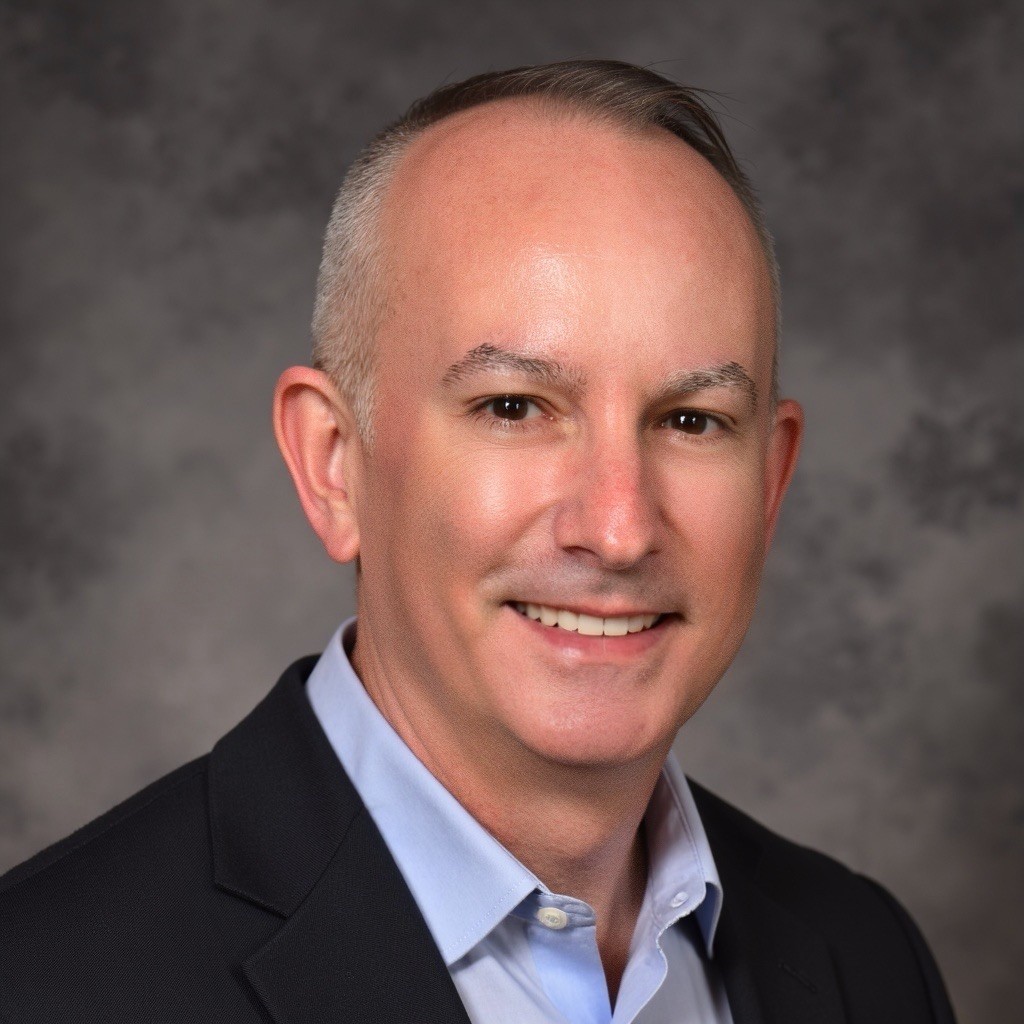May 22 2023
By: Shawn M. Galloway
Successful efforts to achieve excellence in safety require continuously seeking new methods and maturing mindsets, for what is acceptable today has a strong chance of being viewed as unacceptable in the future. Dedicated to improving safety, company leaders are understandably urged to act proactively and reactively. But what drives the decisions, and what are the decisions measured against?
Understandably, leaders will want to do more if the results aren't visualized. More isn't always the answer; better is a more appropriate answer. Moreover, sometimes progress quickens by identifying and removing non-value added or required programs and processes that might be unnecessary bureaucracy.  As a company develops a strategy for safety efforts, what not to do is just as important as what to do.
As a company develops a strategy for safety efforts, what not to do is just as important as what to do.
Safety strategy development begins not with assessing the current position, but instead by casting a measurable vision of success within both culture and results. Sometimes for culture, this looks like prioritizing critical beliefs and behaviors representing success. Then you assess your current position against that ideal before prioritizing what to do to close the gap. Only some initiatives a company chooses as part of its plan will yield desired beliefs or behaviors.
A company I advised for many years had a mission statement for their global EHS team, "to continuously improve the quality of life of the employees, on and off the job." Conversations around a new initiative, rule, or approach were measured against "Will this improve the quality of life?" If not, and this is required, "How can we lessen the pain?" There are some things that, if we do them, add value to the efforts and people see value in. Some things we do might not add value and could destroy the perception of value with safety efforts or the overall safety department.
Consider in your organization what are some things you should not do. What might disengage or demotivate people? What might distract from the necessary focus? What might create a false sense of security, safety or success? The answers to this can make up your 'Not-To-Do' list.
Brainstorm with a team representing the workforce (involving multiple levels) to develop this list. Then reflect on what makes your Not-To-Do list the next time you discuss a change that will impact the many customers and consumers of your safety improvement efforts.
"What you don't do determines what you can do." — Tim Ferris
"Don't do unto others what you don't want done unto you." — Confucius
"The essence of strategy is choosing what not to do." — Michael Porter

Shawn M. Galloway is the CEO of ProAct Safety and an advisor to leading organizations across all major industries. With over twenty years of experience in safety systems, strategy, culture, leadership, and employee engagement, he is a trusted advisor, keynote speaker, and expert witness.
He is the author of several bestselling books and has multiple regular columns in leading magazines, with over 400 articles and 100 videos to his credit. He also created the first safety podcast, Safety Culture Excellence, with over 800 episodes. Shawn has received numerous prestigious accolades and has been featured in Power 101 Leaders of the EHS World, Top 50 People Who Most Influenced EHS, Top 40 Rising Stars, Top 11 Health and Safety Influencers, and Top 10 Speakers.
He serves on the Harvard Business Review Advisory Council and the Fast Company Executive Board. He has appeared as a guest on Bloomberg, Fox News, The Daily Mail, Dubai One, U.S. News & World Report, Sirius Business Radio, Wharton Business Daily, and leading safety magazines and podcasts, reinforcing his status as an authority in the field of safety excellence.
For more information, call +1.936.273.8700 or email info@ProActSafety.com.
